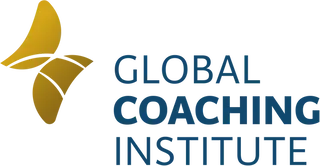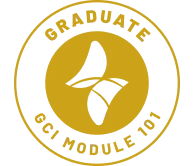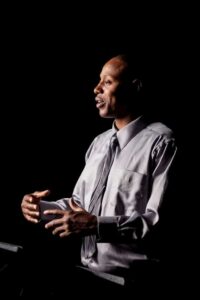Edgar Schein, author of the ground-breaking text ‘Organisational Culture and Leadership’ is fondly known as the grandfather of organisational development.
Over the years Schein began to think and speak in terms of the DNA of an organisation, or its cultural genome. He argued that we can’t simply transplant notions of how to improve culture from one setting to another.
Instead, we need to engage deeply with the inherent nature of the organisation. Not only do we need to understand an organisation’s structure, but what shapes its organisational dynamics.
At GCI we support coaches to do this through our dynamic Coaching and Transformation Roadmap which enables leadership and transformation teams, to work through a structural analysis to reveal the organisational DNA and the dynamics operating in any situation.
The Organisation’s Growing Edge
When contemplating organisational transformation, Schein asks, “What are the things that, when we try to change cultures, turn out to be huge barriers?”
As process-oriented coaches we are acutely aware of potential barriers to change – whether at the individual or system level. A great deal of our training lies in learning to spot a range of subtle cues that point to the existence of a frontier that we call the edge.
The edge is the precise point of change or changes that need to be realised in order for organisational transformation to be achieved. The success of any change initiative is contingent on how well leaders can support their workforce to navigate systemic and individual edges.
We think of the edge, not just as a potential barrier to change, which it certainly is, but as a place of potential and growth.
The edge is a place where many leaders and teams may falter, but process-oriented coaches are like rock climbers highly adept at scaling the edge.
The edge is where process-oriented coaches come alive. They are skilled at exploring edges from every angle; from within the moment, when the workforce is in revolt and a leader is gripped by fear, or from the mindful distance that offers new perspective and insight.
We climb with our clients, helping them gain new insights, as they prepare their organisation to cross into new and uncharted territory.
It is through the revelations of edges and other dynamic process-oriented phenomena that the unique DNA of an organisation is revealed.
Yet edges are easily missed. Avoiding what is over the edge is so much part of an organization’s culture, people are usually unaware the edge is even there. In their efforts to maintain the status quo, leaders and teams tend to avoid edges, in favor of habitual and defensive behaviors.
A coach’s skill lies in their capacity to recognize and work with edges. We must catch the typical indicators, such as sudden loss of energy, confusion and blame, cycling tensions and disputes or unexplained changes in strategy. At the edge, numerous forms of resistance show up.
Yet, despite their well-practiced avoidance strategies, executive coaches must hold their clients at the edge, long enough for them to engage with it as a point of growth and enquiry.
In our forthcoming Coaching with the EMERGE Model and GCI Coaching Roadmap programs we will explore these ideas in greater depth. but for now let me ask you…
-
What are the common edges you encounter in working with clients on cultural change initiatives?
-
What have you discovered as unique to different organisations?
-
How do you hold these moments of discovery and potential?





